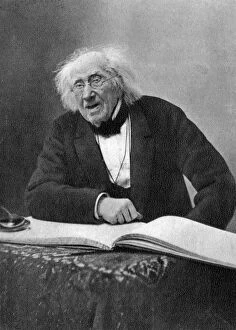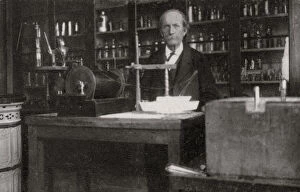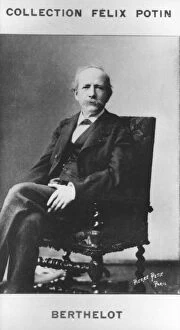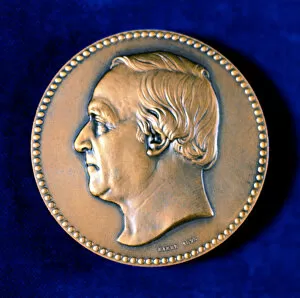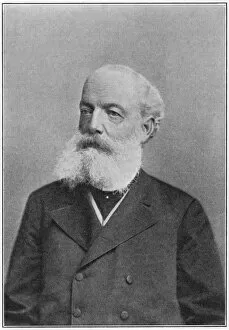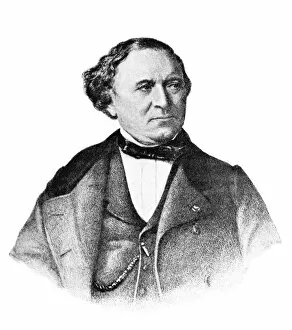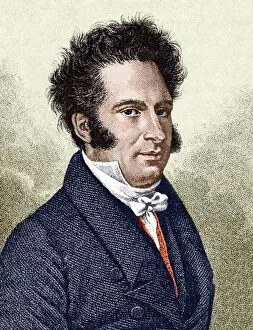Organic Chemist Collection
Organic chemists have played a pivotal role in shaping the world of chemistry as we know it today
For sale as Licensed Images
Choose your image, Select your licence and Download the media
Organic chemists have played a pivotal role in shaping the world of chemistry as we know it today. From groundbreaking discoveries to influential research, these individuals have left an indelible mark on the field. One of the pioneers in organic chemistry was Michel Eugene Chevreul, a French chemist who made significant contributions during the 19th century. His work on fats and oils laid the foundation for our understanding of these essential compounds. Marcellin Berthelot, another French organic chemist and politician, further advanced the field with his research on thermochemistry. In 1903, he became one of the first scientists to synthesize organic compounds from inorganic substances. August Wilhelm von Hofmann, a German organic chemist from the 19th century, also deserves recognition for his immense contributions. He not only discovered several important classes of organic compounds but also developed new methods for their synthesis. In a captivating image captured in France's Dunkirk refinery during the 1950s, we see a laboratory worker holding a separating funnel filled with oil. This snapshot symbolizes how organic chemistry is deeply intertwined with industries like petroleum refining that rely on its principles. Pierre Eugene Marcellin Berthelot (not to be confused with Marcellin Berthelot mentioned earlier) was yet another notable figure in this field. As both an accomplished scientist and politician, he made significant advancements in chemical thermodynamics and catalysis during his time. Jean Baptiste Andre Dumas was another prominent French organic chemist whose work focused on analyzing various natural products such as alkaloids and carbohydrates. His meticulous studies greatly expanded our knowledge of these complex molecules. Friedrich August Kekule von Stradonitz stands out among German organic chemists due to his groundbreaking discovery regarding benzene's structure - known as Kekule's dream or benzene ring theory - which revolutionized our understanding of aromatic compounds.

